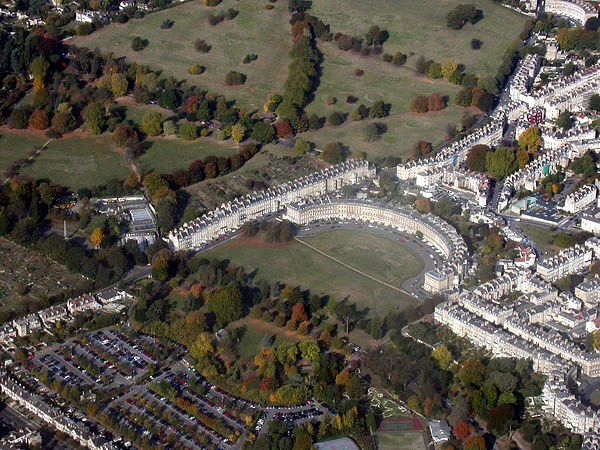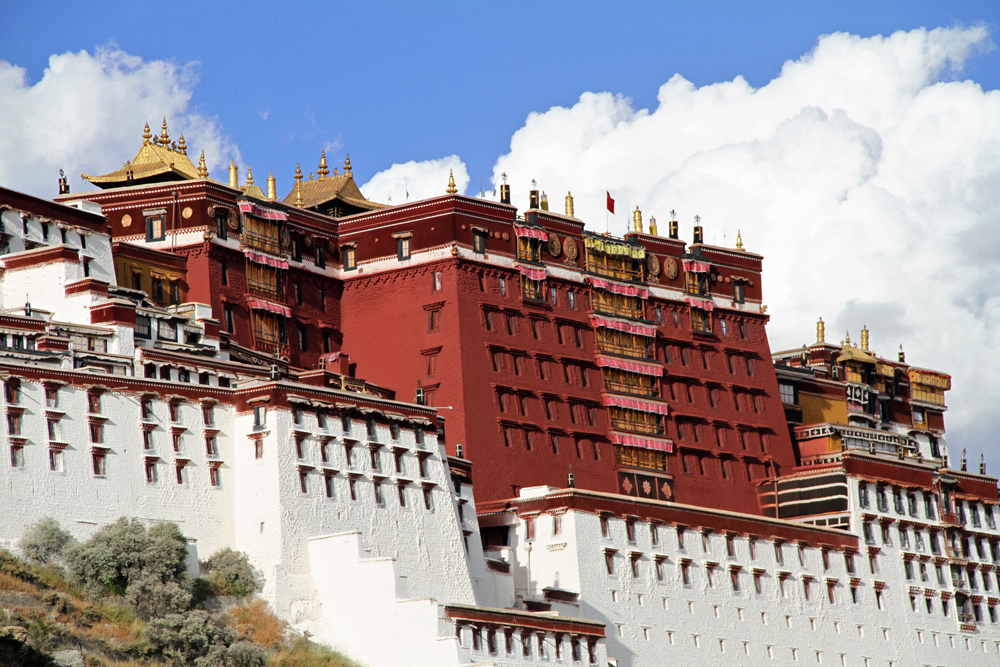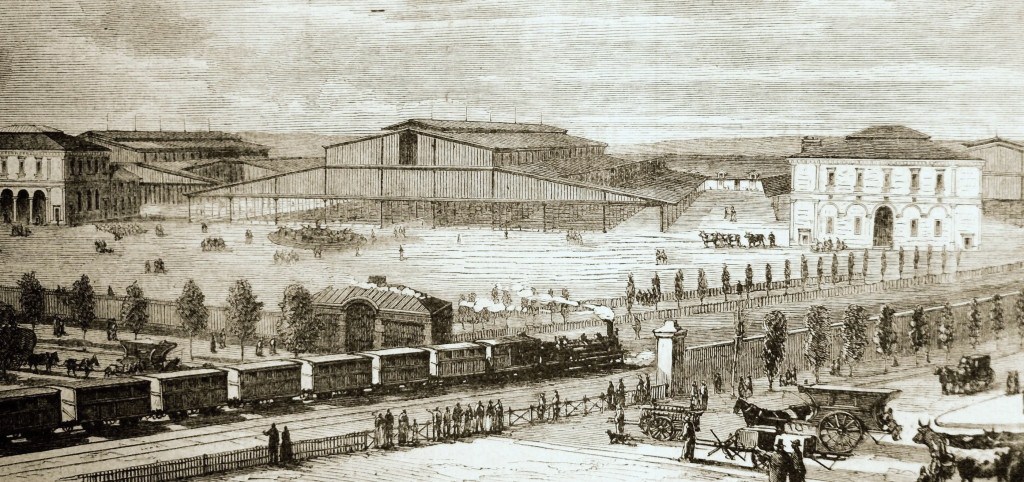|
1782 In Architecture
The year 1782 in architecture involved some significant events. Buildings * Holy Trinity Church, Warsaw, designed by Szymon Bogumił Zug, is completed. * Havana Cathedral is consecrated. * Hôtel de Mademoiselle de Condé town house in Paris, designed by Alexandre-Théodore Brongniart, is completed (approximate date). * Hôtel de Salm town house in Paris, designed by Pierre Rousseau, is built. * Amphithéâtre Anglais in Paris opened. * Royal Swedish Opera in Stockholm, designed by Carl Fredrik Adelcrantz, is opened. * Frankfurter National-Theater in Frankfurt in Hesse, designed by Johann Andreas Hardt Lieb, is opened. * Nottingham General Hospital in England, designed by John Simpson, is opened to patients. * Kurfürstlicher Pavillon at Schönbusch (Aschaffenburg) in Bavaria, designed by Emanuel Herigoyen, is completed. * Lohn Estate house in the Swiss canton of Bern is designed by Carl Ahasver von Sinner. * Oxenfoord Castle in Scotland is rebuilt to designs by Robert Adam. E ... [...More Info...] [...Related Items...] OR: [Wikipedia] [Google] [Baidu] |
Lohn Estate
The Lohn Estate (german: link=no, Landsitz Lohn, french: link=no, Domaine du Lohn) is a manor and estate located in Kehrsatz, canton of Bern, Switzerland. It serves as the official estate of the Swiss Federal Council. From 1942 to 1994, the Lohn Estate accommodated the official guests of the Swiss Confederation, which have included a number of heads of States and royalty. It is a Swiss heritage site of national significance. The manor was built in 1782 by the Tscharner family and was designed by the architect Carl Ahasver von Sinner. The estate was acquired in 1897 by the businessman Friedrich Emil Welti. In 1942, it was donated to the Swiss Confederation by Welti's widow in memory of his father, the former Federal councillor Emil Welti. The manor is a two-storey country house designed in the Neo-classical style. It features several reception rooms on the ground floor and five bedrooms on the upper floor, all adorned with paintings from the Welti collection. History F ... [...More Info...] [...Related Items...] OR: [Wikipedia] [Google] [Baidu] |
John Wood, The Younger
John Wood, the Younger (25 February 1728 – 18 June 1782) was an English architect, working principally in the city of Bath, Somerset. He was the son of the architect John Wood, the Elder. His designs were highly influential during the 18th century and the Royal Crescent is considered to be one of the best examples of Georgian Neo-Classical architecture in Britain. Biography John Wood was born in 1728, the year his father moved to Bath, and was baptised in Bath Abbey. He was trained by his father and as a young man worked on several of his father's projects such as Liverpool Town Hall. In either 1752 or early 1753 he married Elizabeth Brock. They had two sons together and at least eight daughters. Wood died at Eagle House, Batheaston (his home in later years) on 16 June 1781 and was buried beside his father in the chancel at St Mary's Church, Swainswick. He was deeply in debt, partly due to financial conditions relating to his father's earlier building speculati ... [...More Info...] [...Related Items...] OR: [Wikipedia] [Google] [Baidu] |
1698 In Architecture
Buildings and structures Buildings * 1690 ** The Sindone Chapel in Turin, Piedmont, designed by Guarino Guarini is completed. ** The Barrage Vauban, designed by Vauban and built by Jacques Tarade in Strasbourg, France, is completed * 1690–1700 – Two Baroque palaces in Vilnius, Sapieha Palace and Slushko Palace, designed by Pietro Perti, are erected. * 1689–1691 – Swallowfield Park, near Reading, Berkshire, England, designed by William Talman, is built. * 1691–1697 – Branicki Palace, Białystok, Poland, designed by Tylman van Gameren, is built. * 1692 ** St. Kazimierz Church, Warsaw, Poland, designed by Tylman van Gameren, is completed. ** Theatine Church, Munich, Bavaria, designed by Agostino Barelli in 1662, is substantially completed to the design of Enrico Zuccalli. * 1694 ** The Potala Palace in Lhasa is completed by construction of the Potrang Marpo ('Red Palace'). ** The Radziejowski Palace in Nieborów, Poland, designed by Tylman van Gameren, is built. ** ... [...More Info...] [...Related Items...] OR: [Wikipedia] [Google] [Baidu] |
Ange-Jacques Gabriel
Ange-Jacques Gabriel (23 October 1698 – 4 January 1782) was the principal architect of King Louis XV of France. His major works included the Place de la Concorde, the École Militaire, and the Petit Trianon and opera theater at the Palace of Versailles. His style was a careful balance between French Baroque architecture and French neoclassicism. Biography Early life and career Ange-Jacques Gabriel was born on 23 October 1698 to a famous Parisian family of architects, and was connected by marriage with another celebrated architect of the time, François Mansart. His grandfather was an architect, and his father, Jacques Gabriel (1667-1742) received the title of Controller of the Buildings of the King at the age of twenty-one. His father's major projects included the Hotel de Ville of Rennes and the Place Royale (now Place de la Bourse) in Bordeaux. The young Ange-Jacques became a member of the Académie royale d'architecture in 1728, and assisted his father on the Place de la ... [...More Info...] [...Related Items...] OR: [Wikipedia] [Google] [Baidu] |
Kazimierz Jelski
) , honorific_suffix = , image = Партрэт К. Ельскага.jpg , image_size = , alt = , caption = , birth_name = , birth_date = , birth_place = Ejsymonty near Grodno, Belarus , baptised = , death_date = , death_place = Vilnius, Lithuania , resting_place = , resting_place_coordinates = , nationality = , education = , alma_mater = , known_for = , notable_works = , style = , movement = , spouse = , father = Karol Jelski , partner = , children = , awards = , elected = , patrons = , memorials = , website = Kazimierz Jelski ( lt, Kazimieras Jelskis) (1782 – March 1867 in Vilnius, Lithuania) was a Polish-Lithuanian Classicist architect and sculptor active in Lithuania. Jelski was born in Ejsymonty near Grodno, today ... [...More Info...] [...Related Items...] OR: [Wikipedia] [Google] [Baidu] |
1867 In Architecture
The year 1867 in architecture involved some significant architectural events and new buildings. Events * May 12 – Construction work begins on Toluca Cathedral in Mexico. * May 20 – Queen Victoria lays the foundation stone for the Royal Albert Hall in London, designed by Captain Francis Fowke and Colonel H. Y. Darracott Scott. * Joseph Monier patents reinforced concrete. * Ildefons Cerdà publishes ''Teoría General de la Urbanización'' ("General Theory of Urbanization"). * The United States Congress directs the United States Army Corps of Engineers to begin improvements on the Navigation Structures at Frankfort Harbor, Michigan. Buildings and structures Buildings opened * January 1 – The John A. Roebling Suspension Bridge in Cincinnati, Ohio and Covington, Kentucky, United States * May 11 – St Nedelya Church, Sofia, Bulgaria (rebuilt) * July 30 – Kvæfjord Church, Norway, designed by Jacob Wilhelm Nordan * July 31 – St Giles Church, Willenhall, England (consecrated) ... [...More Info...] [...Related Items...] OR: [Wikipedia] [Google] [Baidu] |
James Smith Of Jordanhill
James Smith of Jordanhill FRSE FRS MWS (1782–1867) was a Scottish merchant, antiquarian, architect, geologist, biblical critic and man of letters. An authority on ancient shipbuilding and navigation, his works included "Newer Pliocene" (1862) and "Voyage and Shipwreck of St Paul" (1848). He is remembered as a competent yachtsman. His most notable yacht was named "Wave". Life James Smith was born on 15 August 1782 at Jordanhill House near Glasgow, the son of a West Indies merchant Archibald Smith of Jordanhill (1749-1821)https://www.tradeshousemuseum.org/uploads/4/7/7/2/47723681/old_g_asgow_exhibition_1894.pdf and his wife, Isobel Ewing (1755-1855). In 1800 he was a Captain in the Renfrewshire militia. Smith was educated at Glasgow Grammar School and then studied Sciences at Glasgow University, specialising in Geology. He became a sleeping partner in his father's firm, Leitch & Smith, in 1809 and later served as President of the Andersonian University, Glasgow. He w ... [...More Info...] [...Related Items...] OR: [Wikipedia] [Google] [Baidu] |
Grand Prix De Rome
The Prix de Rome () or Grand Prix de Rome was a French scholarship for arts students, initially for painters and sculptors, that was established in 1663 during the reign of Louis XIV of France. Winners were awarded a bursary that allowed them to stay in Rome for three to five years at the expense of the state. The prize was extended to architecture in 1720, music in 1803 and engraving in 1804. The prestigious award was abolished in 1968 by André Malraux, then Minister of Culture, following the May 68 riots that called for cultural change. History The Prix de Rome was initially created for painters and sculptors in 1663 in France, during the reign of Louis XIV. It was an annual bursary for promising artists having proved their talents by completing a very difficult elimination contest. To succeed, a student had to create a sketch on an assigned topic while isolated in a closed booth with no reference material to draw on. The prize, organised by the Académie Royale de Peinture ... [...More Info...] [...Related Items...] OR: [Wikipedia] [Google] [Baidu] |
Bangkok
Bangkok, officially known in Thai language, Thai as Krung Thep Maha Nakhon and colloquially as Krung Thep, is the capital and most populous city of Thailand. The city occupies in the Chao Phraya River delta in central Thailand and has an estimated population of 10.539 million as of 2020, 15.3 percent of the country's population. Over 14 million people (22.2 percent) lived within the surrounding Bangkok Metropolitan Region at the 2010 census, making Bangkok an extreme primate city, dwarfing Thailand's other urban centres in both size and importance to the national economy. Bangkok traces its roots to a small trading post during the Ayutthaya Kingdom in the 15th century, which eventually grew and became the site of two capital cities, Thonburi Kingdom, Thonburi in 1768 and Rattanakosin Kingdom (1782–1932), Rattanakosin in 1782. Bangkok was at the heart of the modernization of Siam, later renamed Thailand, during the late-19th century, as the country faced pressures from the ... [...More Info...] [...Related Items...] OR: [Wikipedia] [Google] [Baidu] |
Front Palace (Bangkok)
The Front Palace ( th, วังหน้า, ), officially the Phraratchawang Bowon Sathanmongkhon (), was the residence of the royal Front Palace, holder of the same title (also known as the ''uparaja'' and usually translated as "viceroy" or "vice king", and sometimes as "Lord" or "Prince of the Front Palace", or "Prince-successor") during the early-to-mid Rattanakosin Kingdom. The palace was built at the same time as the Grand Palace, following the accession of King Rama I and the History of Bangkok#Rattanakosin, foundation of Rattanakosin (today's Bangkok) as the capital city in 1782. It was located at the northern end of the inner fortified city, directly in front of the Grand Palace, where the king lived, and provided security to the city. Most of the Front Palace was built under Surasinghanat, who had been named by Rama I, though it saw further additions and modifications throughout the periods. It was home to five of the six Princes of the Front Palace, until the death of W ... [...More Info...] [...Related Items...] OR: [Wikipedia] [Google] [Baidu] |
Grand Palace
The Grand Palace ( th, พระบรมมหาราชวัง, Royal Institute of Thailand. (2011). ''How to read and how to write.'' (20th Edition). Bangkok: Royal Institute of Thailand. .) is a complex of buildings at the heart of Bangkok, Thailand. The palace has been the official residence of the Kings of Siam (and later Thailand) since 1782. The king, his court, and his royal government were based on the grounds of the palace until 1925. King Bhumibol Adulyadej (Rama IX), resided at the Chitralada Royal Villa and his successor King Vajiralongkorn (Rama X) at the Amphorn Sathan Residential Hall, both in the Dusit Palace, but the Grand Palace is still used for official events. Several royal ceremonies and state functions are held within the walls of the palace every year. The palace is one of the most popular tourist attractions in Thailand. Construction of the palace began on 6 May 1782, at the order of King Phutthayotfa Chulalok (Rama I), the founder of the Chakr ... [...More Info...] [...Related Items...] OR: [Wikipedia] [Google] [Baidu] |







.jpg)

